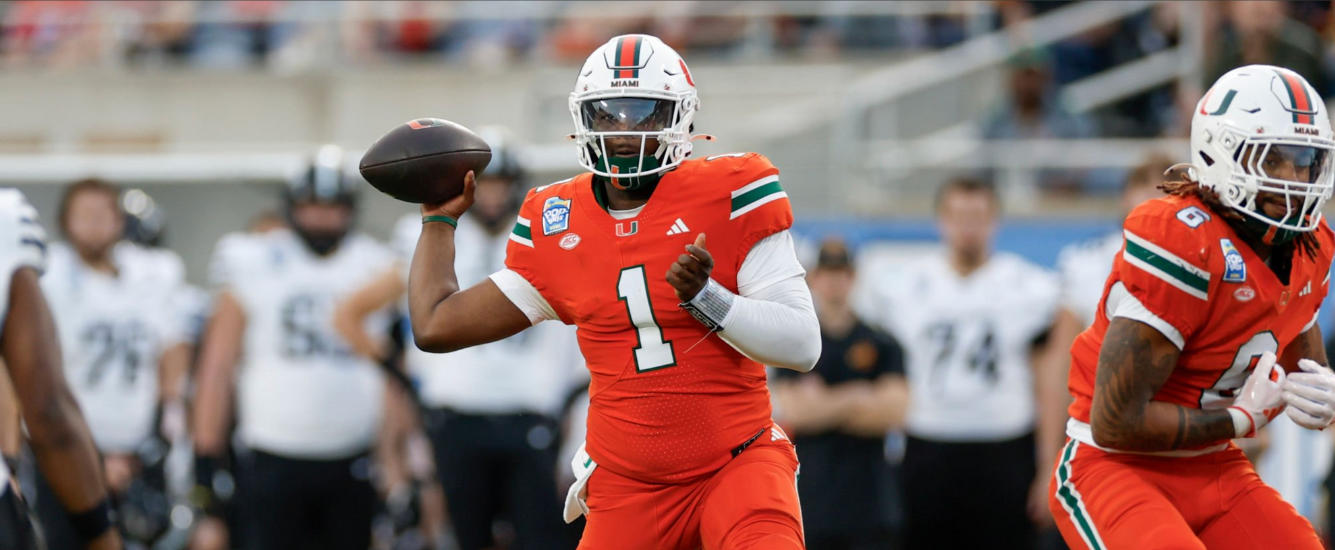If you’re a longtime reader of RotoViz, you know how effective Zero RB can be when executed correctly. While best ball drafts don’t grant you the luxury of going to the waiver wire to pick up Phillip Lindsay after Week 1, Shawn Siegele has used the Roster Construction Explorer to demonstrate why it still makes sense to load up on WRs early in best ball.
But you still need to start two running backs every week. So when should you stop drafting wide receivers and start drafting running backs?
To answer this I decided to attack these questions from another angle, so I looked at individual player data from the last four years and compared how RBs and WRs produced relative to their ADP.
I went in with an expectation of what the results would look like, but even I was shocked by the clarity of the message the data showed.
Running Backs
Over the last four years, the average running back drafted in Rounds 3 through 6 has outscored the average running back drafted in Rounds 7 through 10 by a total of 14.8 points — that’s just 0.9 points per game.
If you use median instead of mean to exclude the 2015 Devonta Freemans of the world, that number rises slightly to 1.1 points per game.
Fantasy football is a game of opportunity cost. When you pick one player, you’re giving up another under the assumption that the player you draft will give you production that won’t be available in later rounds.
This raises the question: Why are we drafting running backs in Rounds 3-6 when we can get nearly identical production in Rounds 7-10?














